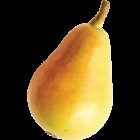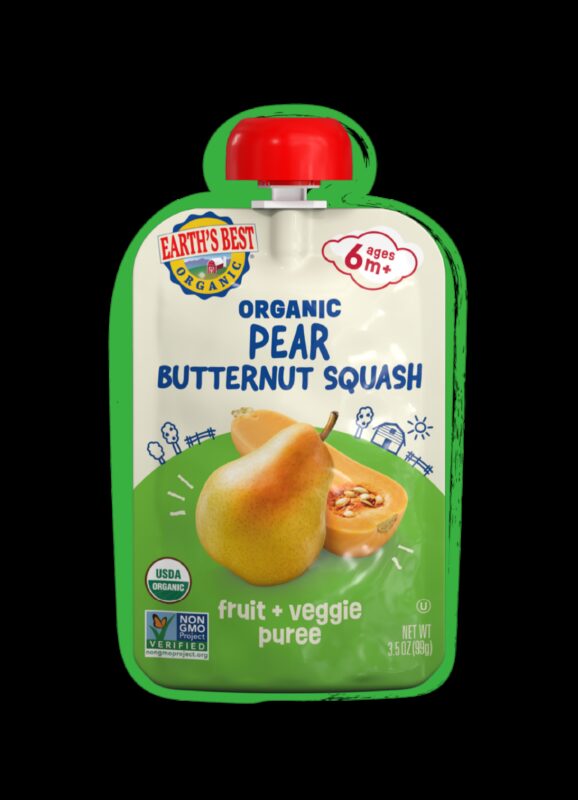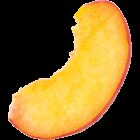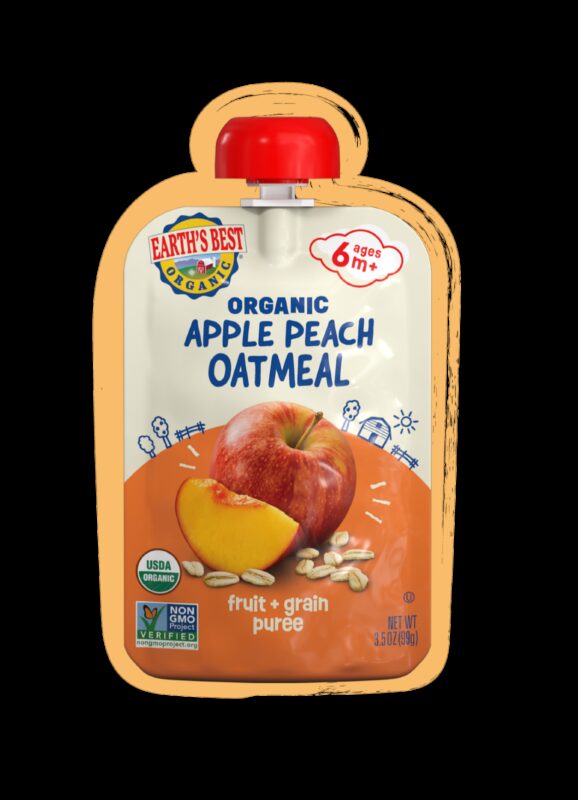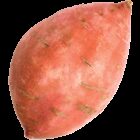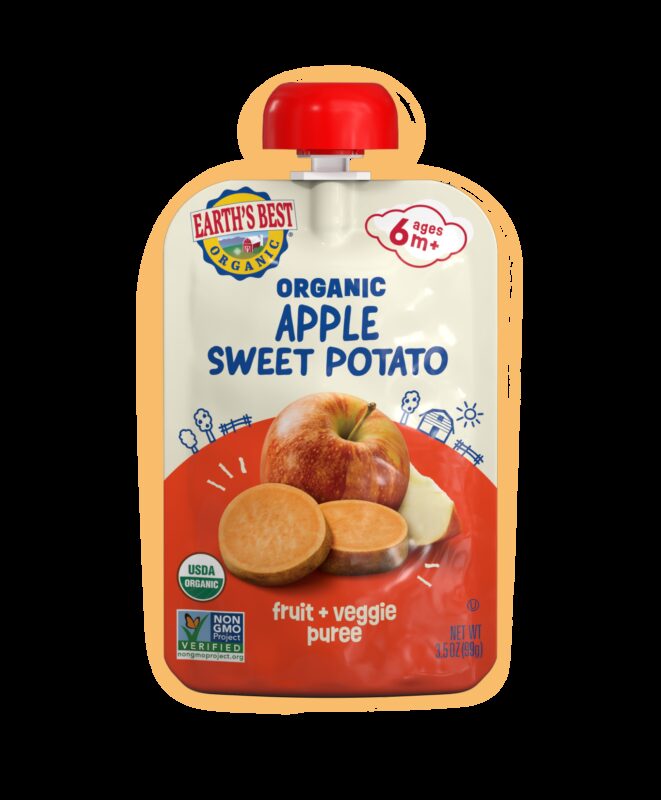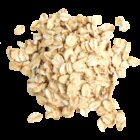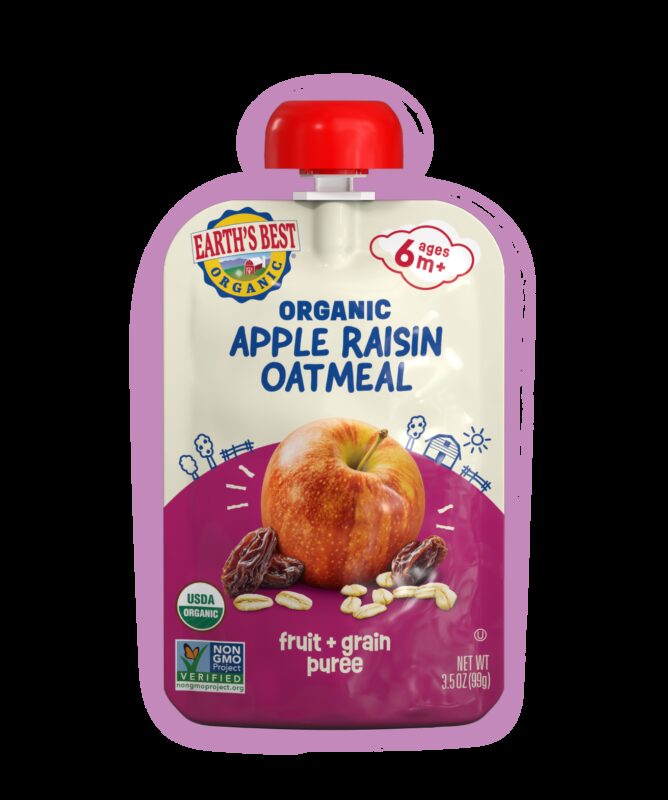

Kate Geagan, M.S., R.D.N.
Dietitian and sustainable nutrition pioneer
How Much is Too Much?
Kids sure love sweet stuff! In fact, babies instinctively prefer sweet flavors starting from the first days of life, especially as compared to other flavors such as bitter or sour. But eating and drinking too much added sugar puts kids at risk for obesity, tooth decay, heart disease, high blood pressure, type 2 diabetes and fatty liver disease, among other health problems, says the American Academy of Pediatrics.
This article will break down...
- The latest guidance on added sugars for infants and toddlers
- The difference between naturally occurring versus added sugars
- Tips to help reduce added sugars in your child’s diet
How Much Sugar is OK for my Baby and Toddler?
Infants
Avoid any foods and beverages made with added sugars until age 2.
Toddlers
Age 2 and above, no more than 10% of total calories from added sugars from foods and beverages. (Similarly, both the American Heart Association and American Academy of Pediatrics both cap added sugars for children 2 and older to a max of no more than 6 teaspoons, or 100 calories daily).
Infants and young children have virtually no room in their diet for added sugars because their little bodies have high nutrient requirements to support rapid growth and development, yet the amount of complementary foods they consume is small. That’s why it’s especially important to only offer your baby a variety of nutrient-dense, whole foods until age 2, to ensure they get all of the essential vitamins, minerals, fiber, healthy fats, protein and other nutrients they need to grow up big and strong.
Low- and no-calorie sweeteners (sometimes called high-intensity sweeteners), even all-natural ones, are also not recommended for children younger than age 2. That’s because taste preferences are being formed during this important timeframe of palate development, and it’s possible for infants and young children to develop preferences for overly sweet foods if introduced to very sweet foods during this time period.
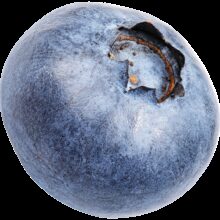
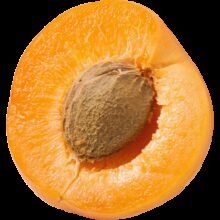
Focusing on naturally occurring sugar, rather than foods with added sugar, can help your little one build a healthy relationship to the sweet stuff for years to come.
Added Sugar vs. Natural Sugar: What’s the Difference?
Focusing on naturally occurring sugar, rather than foods with added sugar, can help your little one build a healthy relationship to the sweet stuff for years to come. Here’s the difference:
Naturally occuring sugars
Naturally occuring sugars are sugars naturally present in many nutritious foods such as fruits, milk, certain vegetables and whole grains (as well as breastmilk and baby formula). These are simply carbohydrates our bodies break down and use for energy, and foods containing natural sugars are often an important source of nutrients. For example, fruit contains fructose, but packs fiber, potassium, and vitamins A & C: cow’s milk has lactose, but is rich in calcium, protein and Vitamins A and D.
Added sugars
Added sugars are sugars added to foods and beverages, as an ingredient or during processing to enhance flavor or structure. These are the sugars it’s important to limit, and can include refined or raw sugars, corn or rice syrups, fruit juice concentrates, and many more. Checking for added sugars on the Nutrition Facts Panel of food labels can help you keep track of how much added sugar your toddler is getting. Even added sugars touted as more natural or healthful (such as honey, molasses or agave) still count towards your child’s daily limit.
While it can feel challenging to track added sugar in your little ones diet, it’s an important part of helping establish a healthy food foundation: did you know that kids between the ages 2 to 13 exceed the recommended limit of 10% added sugar by 57% – 80% (depending on age group and gender)?
Helpful Tips for Cutting Back on Added Sugars
- Emphasize a diet filled with a rich variety of vegetables, fruits, healthy proteins, good-for-you fats and whole grains, prepared in culturally appropriate ways your family loves.
- Serve water or milk instead of beverages made with added sugars, and read labels to make sure sugars/sweeteners aren’t sneaking in: this includes soda, fruit juice drinks that are not 100% juice, teas, flavored milks, toddler drinks, enhanced waters, etc.
- Watch out for hidden sources of added sugar in processed food like tomato sauce, soups, cereals, ketchup, dried cranberries, salad dressing and baked beans (5 grams of added sugar= 1 teaspoons of sugar)
- Satisfy your child’s sweet tooth at meals or snacks with fruit.
- Limit 100% fruit juice: the AAP recommends no more than 4 ounces of 100% fruit juice a day for children ages 1 through 3 years; 4 to 6 ounces for children ages 4 through 6; and 8 ounces for children ages 7 through 14. Do not give fruit juice to infants under 1 year old.
- For those special occasions after age 2 where sweet treats are part of the deal (such as birthdays), try to keep portions right sized, but allow your little one to partake and enjoy! Learning to develop a healthy relationships with these foods (instead of guilt or shame) is an important part of your little one’s journey to becoming a healthy lifelong eater. One day doesn’t make or break your child’s relationship with sugar- the overall balance over a course of a week is what matters most.
This is for informational purposes only and should not be treated as medical advice. The content is not intended to be a substitute for professional medical advice, diagnosis, or treatment. Please always discuss any health and feeding concerns directly with your pediatrician. Never disregard professional medical advice or delay in seeking it because of something you have read above.
Explore our range of 6+ and 9+ month pouches and jars containing little to no added sugars.

